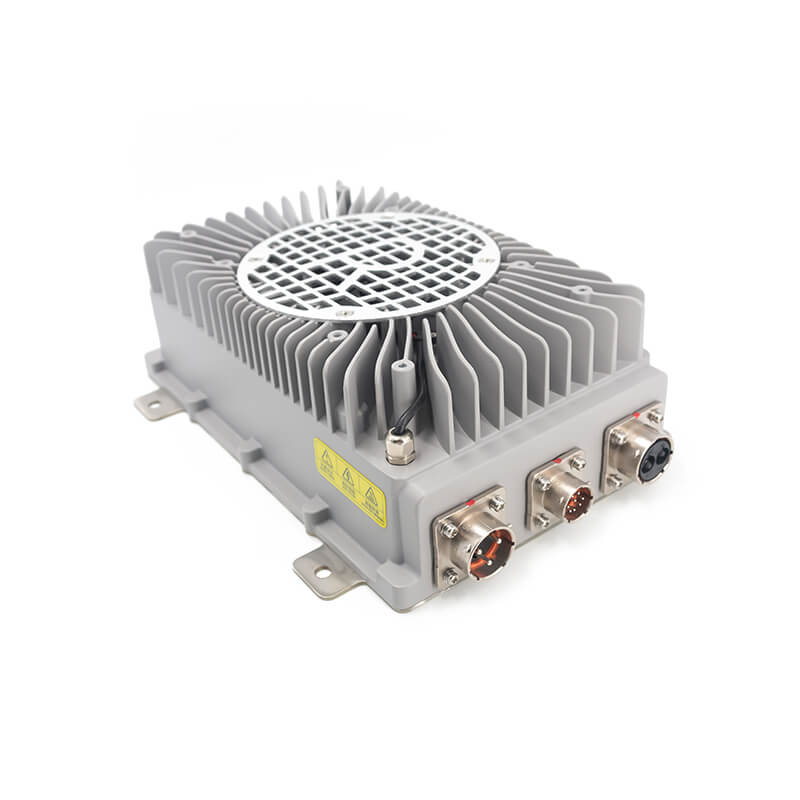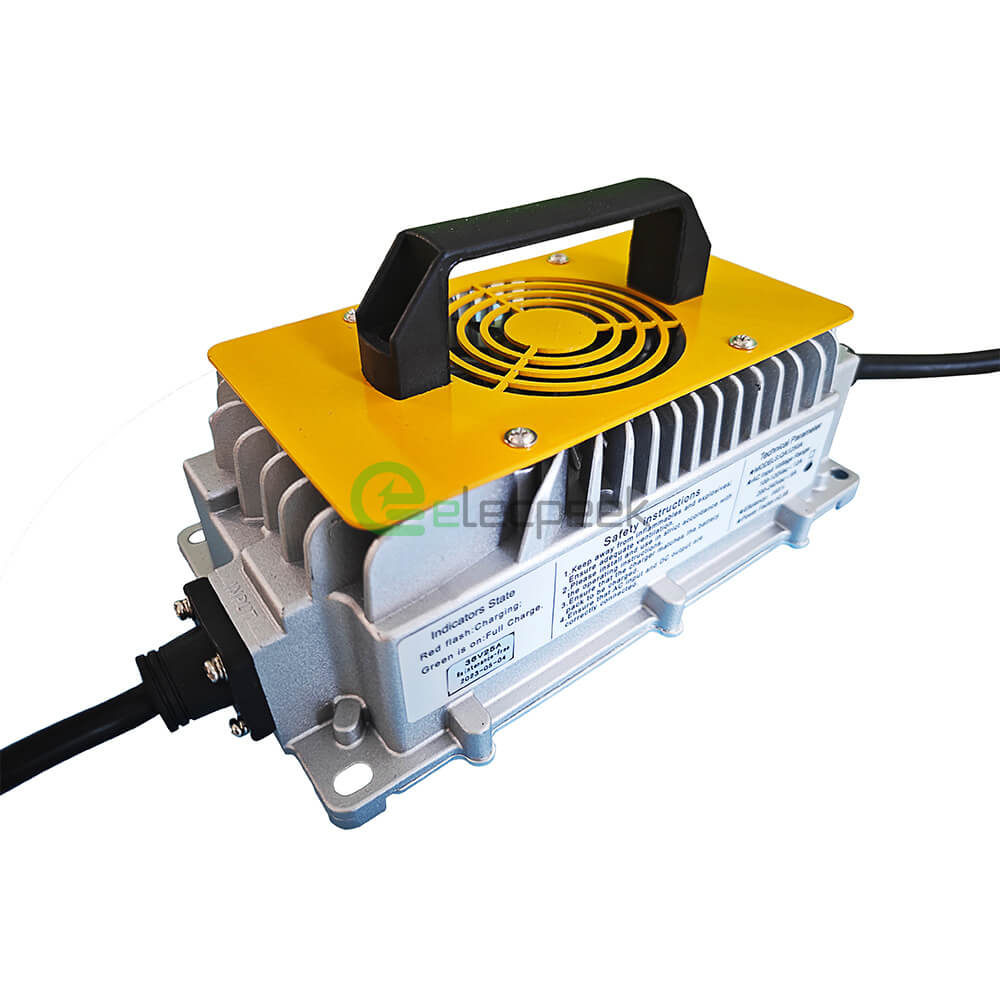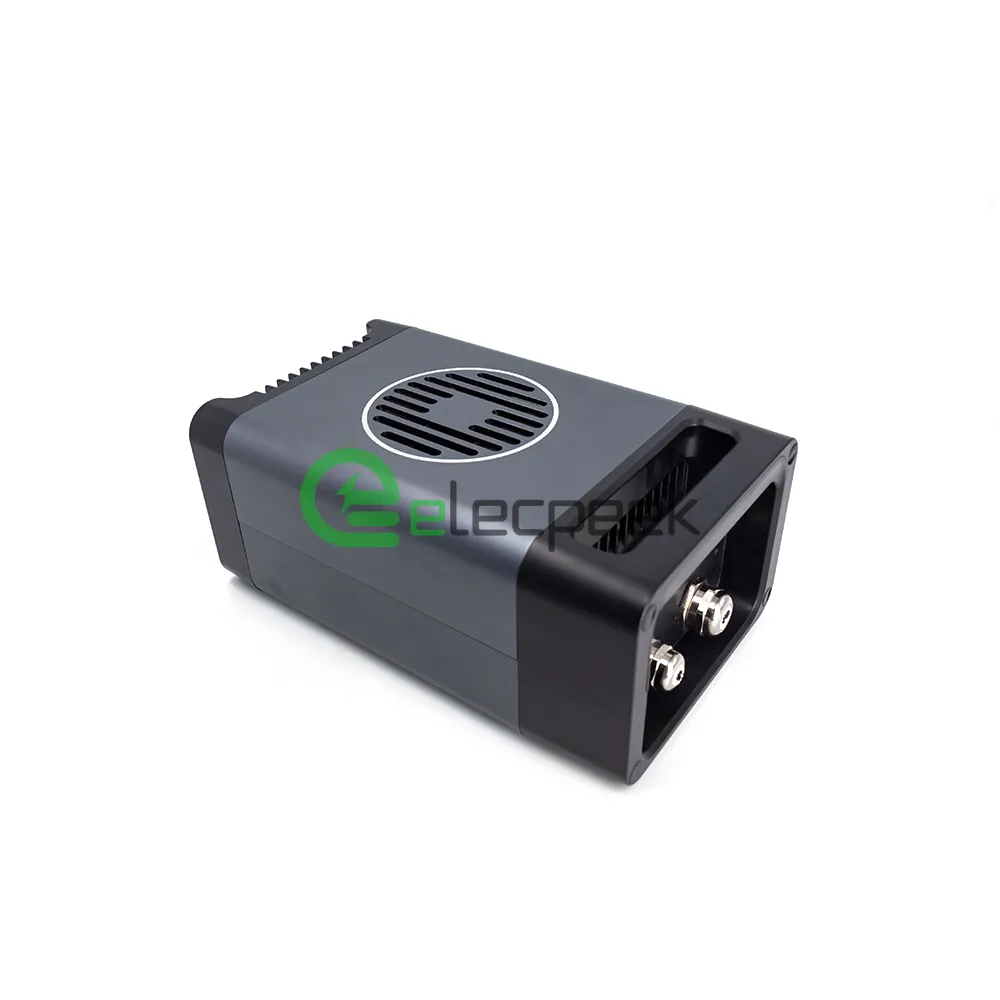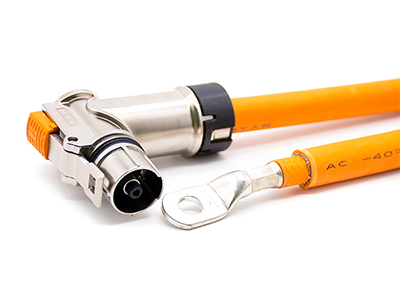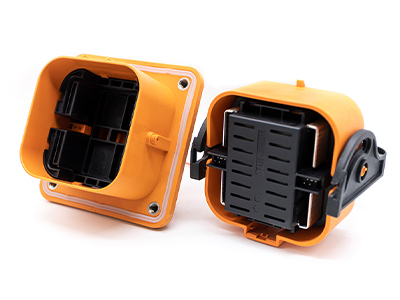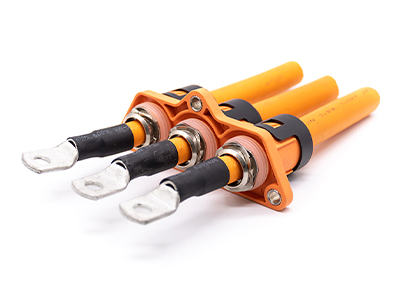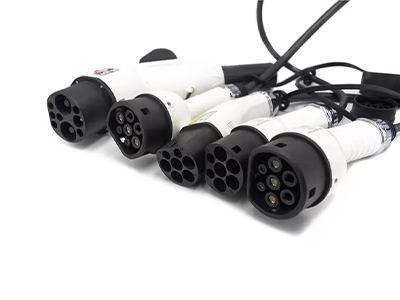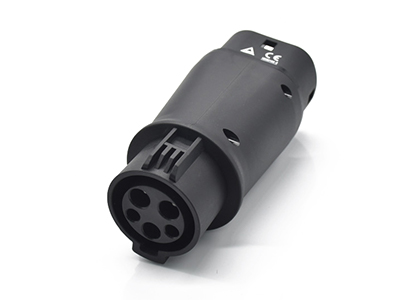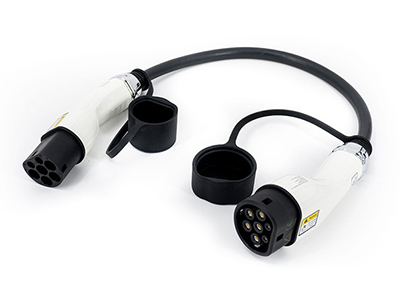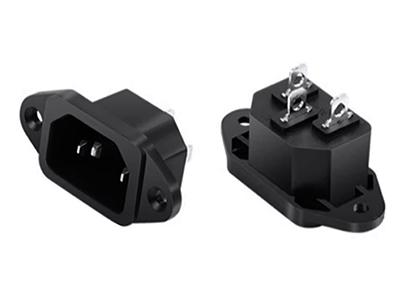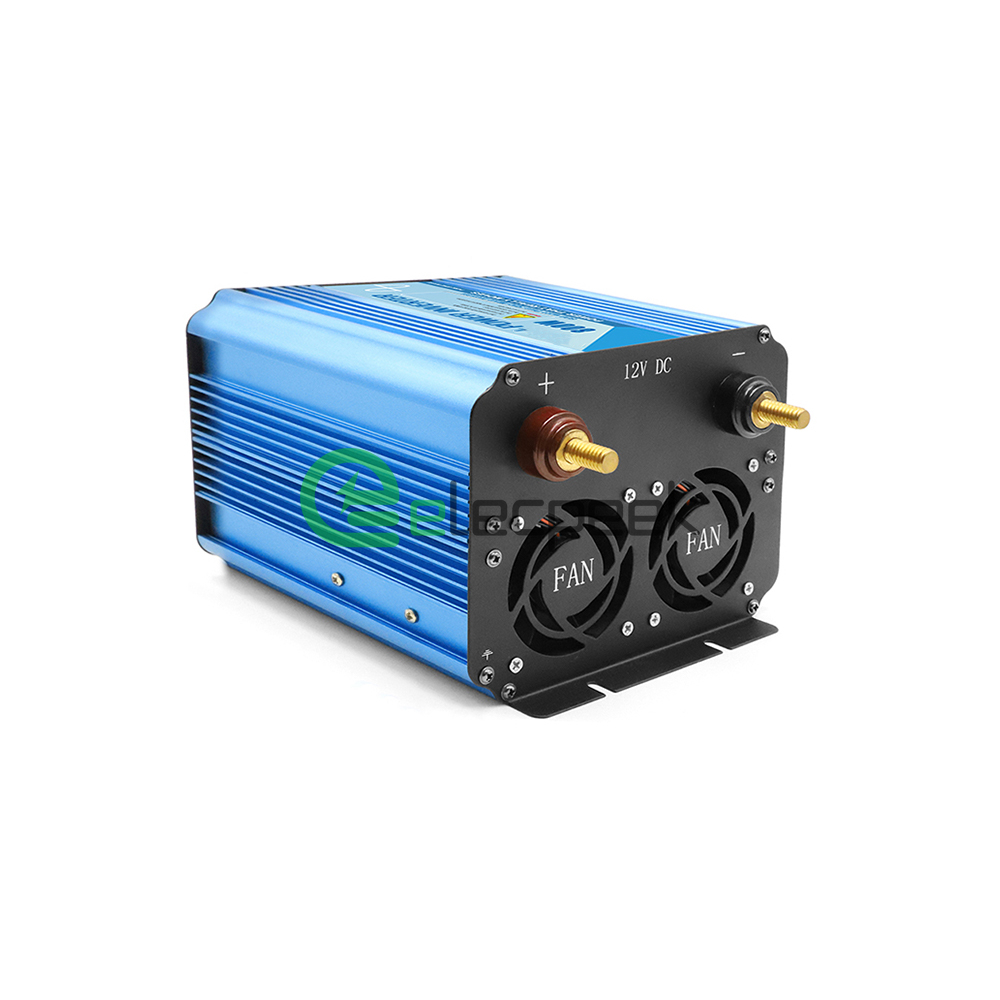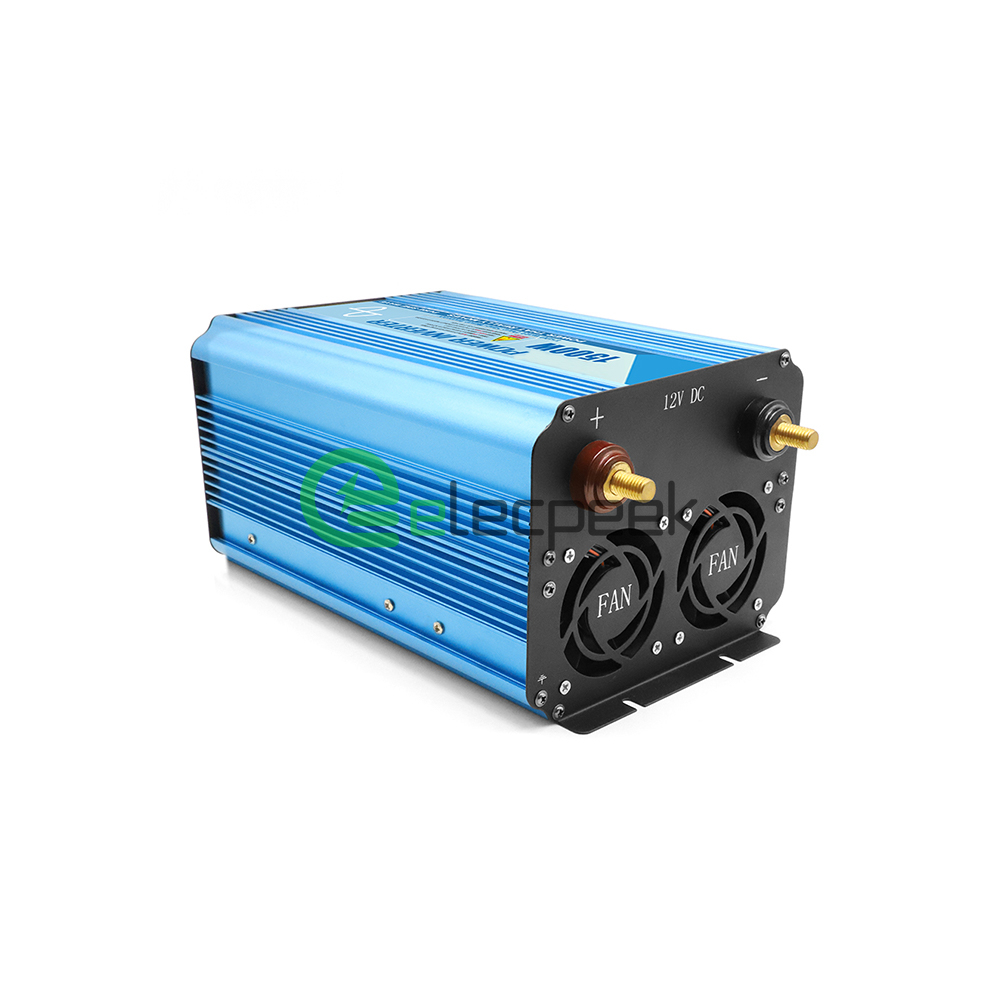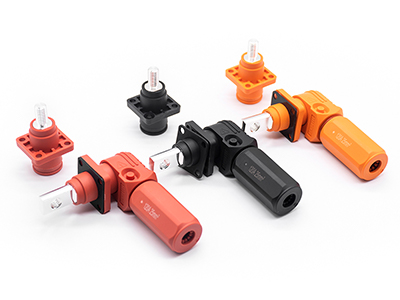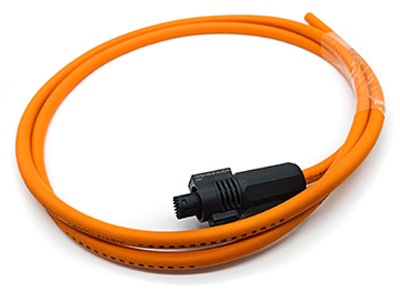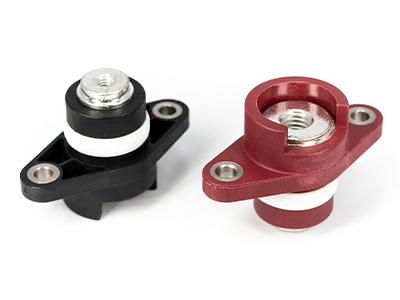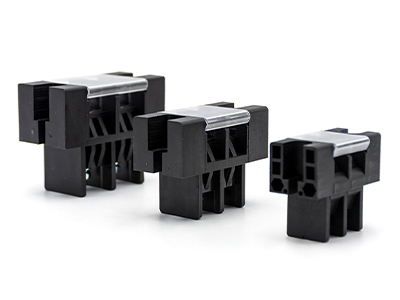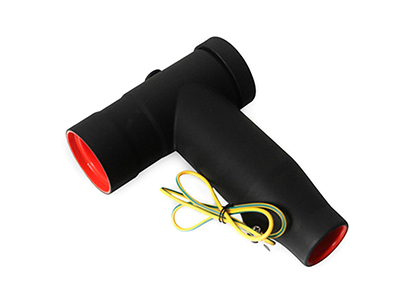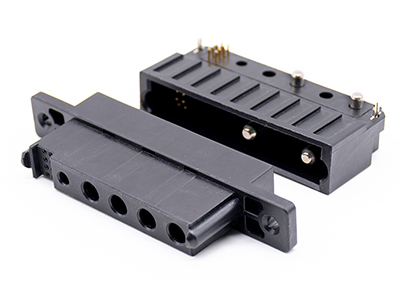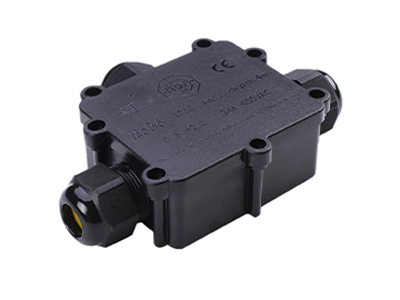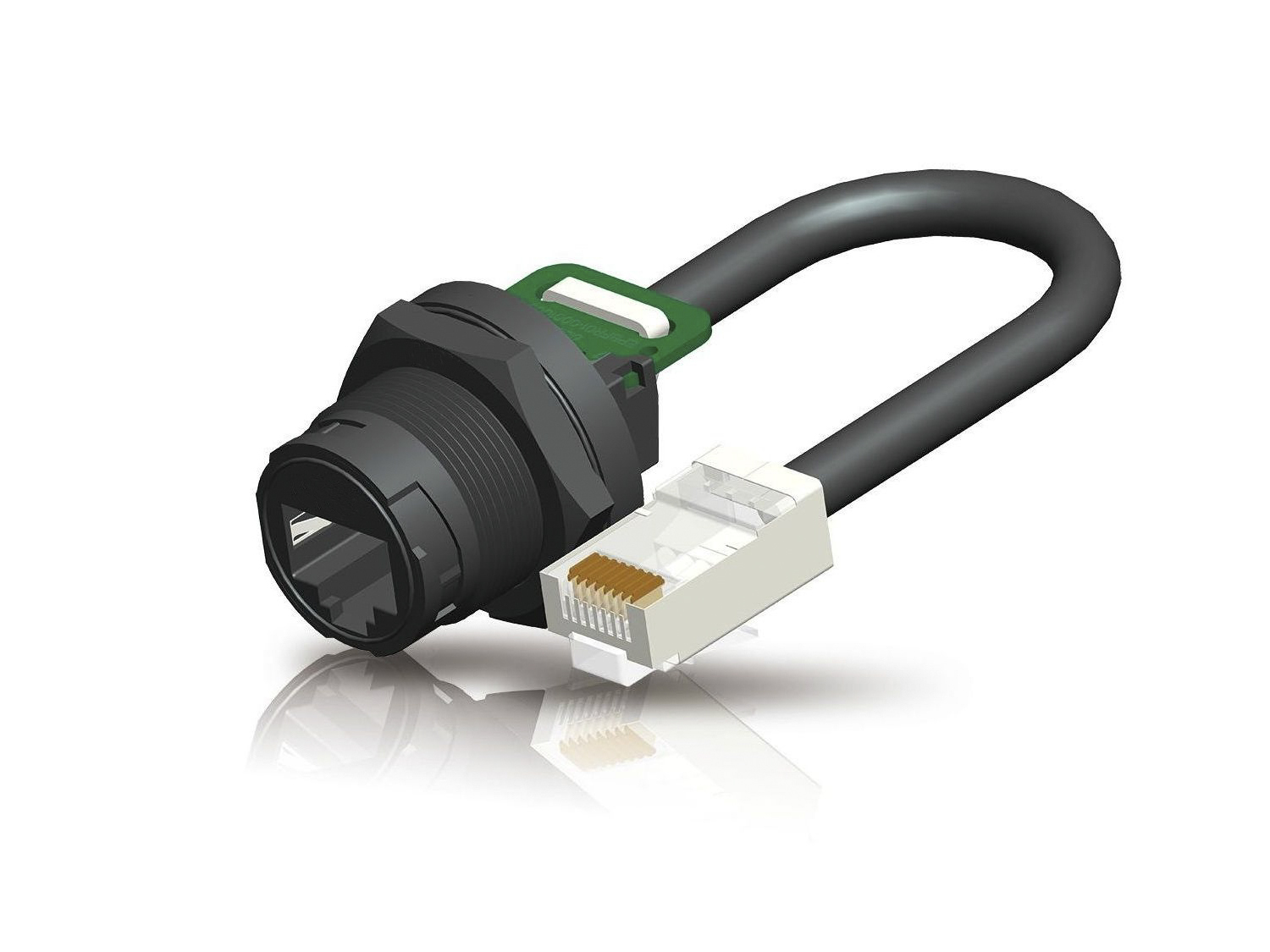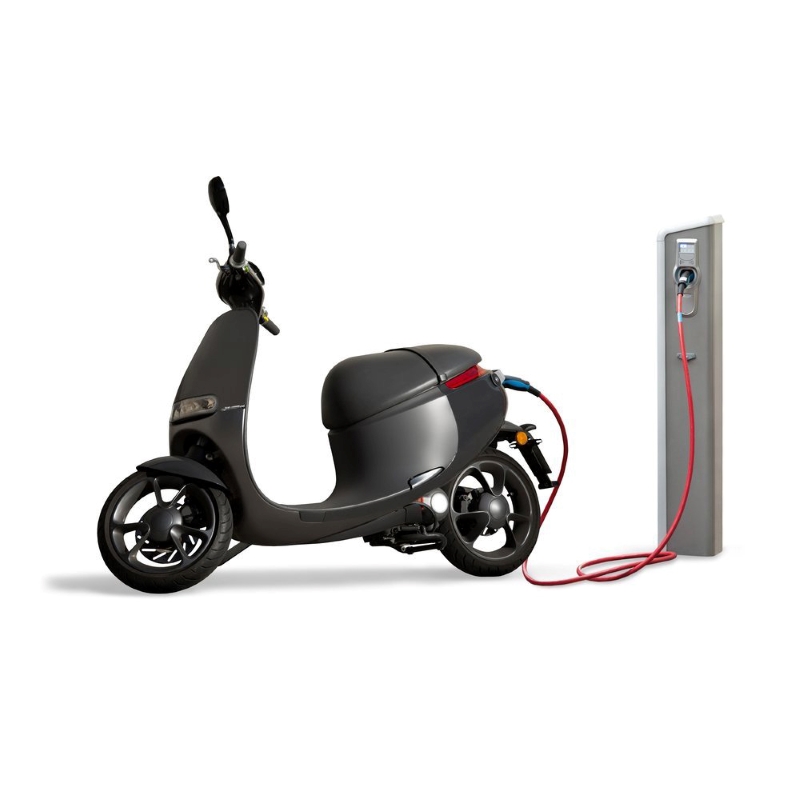News
Understanding the Type 2 AC Charger for Electric Vehicles
As the world moves toward a greener future, electric vehicles (EVs) are becoming increasingly popular. Charging infrastructure is essential for the widespread adoption of EVs, and understanding the different types of chargers is crucial for new and potential EV owners. In this article, we will delve into the Type 2 AC charger, its features, and its role in the EV charging ecosystem.
What is the Type 2 AC Charger?
The Type 2 AC charger, also known as the Mennekes charger, is a common charging connector in Europe and many other countries. The International Electrotechnical Commission (IEC) developed this connector as the standard plug for electric vehicle charging, known as IEC 62196-2.
This charging solution is specifically designed for AC (alternating current) charging, which is the most common method for charging electric vehicles at home or public charging stations. The Type 2 connector supports both single-phase and three-phase charging, allowing for faster charging times compared to Type 1 chargers.

Main Features of Type 2 AC Chargers
Universal Compatibility
One of the primary advantages of Type 2 chargers is their compatibility with a wide range of electric vehicles. Most European and Asian EV manufacturers, including Tesla, BMW, Volkswagen, and Nissan, use the Type 2 connector. As a result, EV owners can charge their vehicles at most public charging stations across Europe.
Charging Speed and Power
The Type 2 AC charger supports both single-phase and three-phase charging, which significantly impacts charging speed. Single-phase charging delivers power between 3.7 kW and 7.4 kW, while three-phase charging can provide between 11 kW and 22 kW. Consequently, charging times for a typical EV battery range from 4 to 12 hours, depending on the power source and the vehicle’s battery capacity.
Safety Features
Type 2 AC chargers come with several built-in safety features that ensure a secure and efficient charging process. These features include:
- Shuttered sockets: The Type 2 connector has shuttered sockets, which prevent users from coming into contact with live parts during the charging process.
- Communication protocol: The charger communicates with the vehicle to optimize the charging process, ensuring that the vehicle only receives the power it can handle.
- Locking mechanism: The Type 2 connector has a locking mechanism that prevents accidental disconnection during charging. This feature is particularly useful in public charging stations where the risk of tampering is higher.
Charging Your EV with a Type 2 AC Charger
Home Charging
For home charging, a dedicated EV charging station is the most convenient and efficient way to charge your electric vehicle. These charging stations, also known as wallboxes, are permanently installed and connected to your home’s electrical system. They typically support single-phase charging and provide power between 3.7 kW and 7.4 kW.
To charge your EV at home, you simply plug the Type 2 EV Charging Connector into your vehicle and the wallbox. The charging process begins automatically, and the charger communicates with your EV to ensure optimized charging.
Public Charging
Public charging stations are becoming more common in cities and along highways, making it easier for EV owners to charge their vehicles when away from home. These stations usually offer both single-phase and three-phase charging options.
To charge your EV at a public station, you may need to use an RFID card or a smartphone app to authorize the charging process. Once authorized, plug the Type 2 connector into your vehicle and start the charging session. Most public stations use a pay-per-use model, so you will be billed for the electricity consumed during the charging process.
The Future of Type 2 AC Chargers
As the electric vehicle market continues to grow, so does the demand for reliable charging infrastructure. Type 2 AC chargers are already widely adopted in Europe, and their popularity is likely to increase as more countries adopt this standard.
In the future, we can expect to see continued improvements in charging speed and efficiency, with faster chargers becoming more prevalent. Also, as EV adoption increases, we will likely see greater integration of renewable energy sources, such as solar and wind power, into the charging infrastructure.
In conclusion, the Type 2 AC charger plays a vital role in the electric vehicle charging ecosystem, providing a safe, reliable, and efficient method for charging EVs. As the demand for electric vehicles continues to grow, the Type 2 charger will remain an essential component of the global EV charging network.

